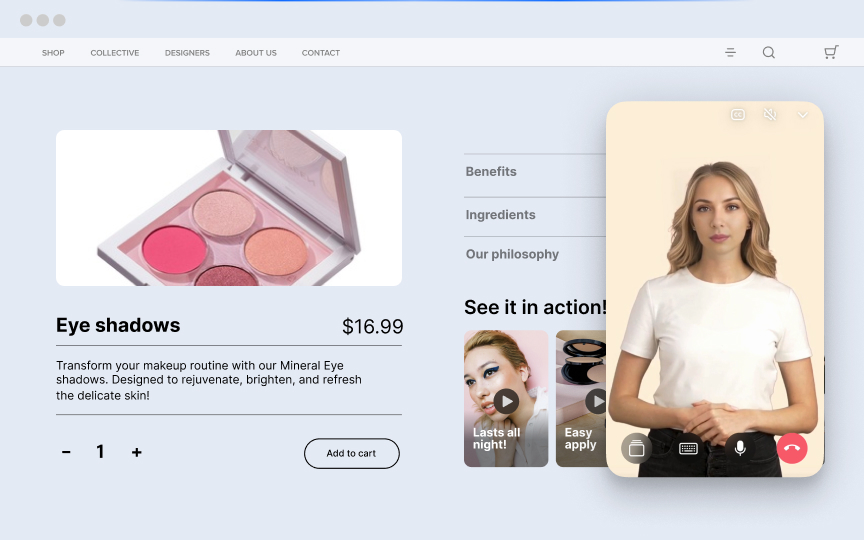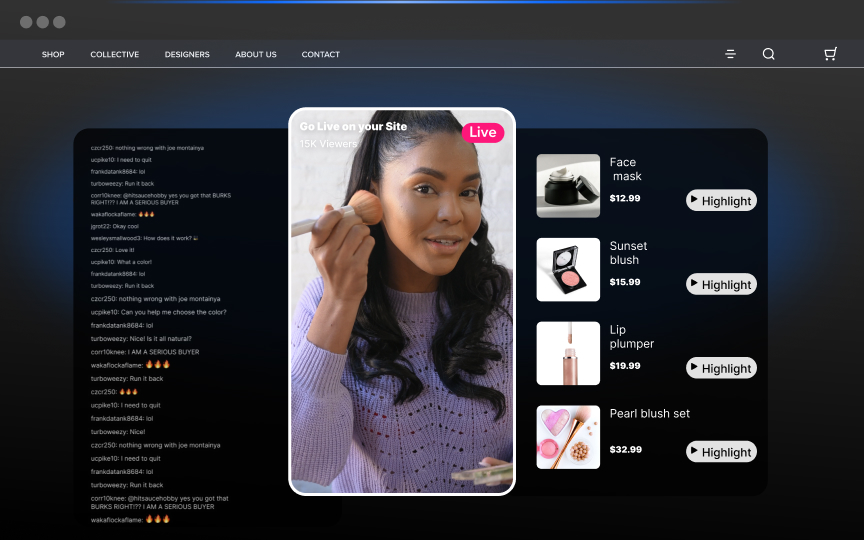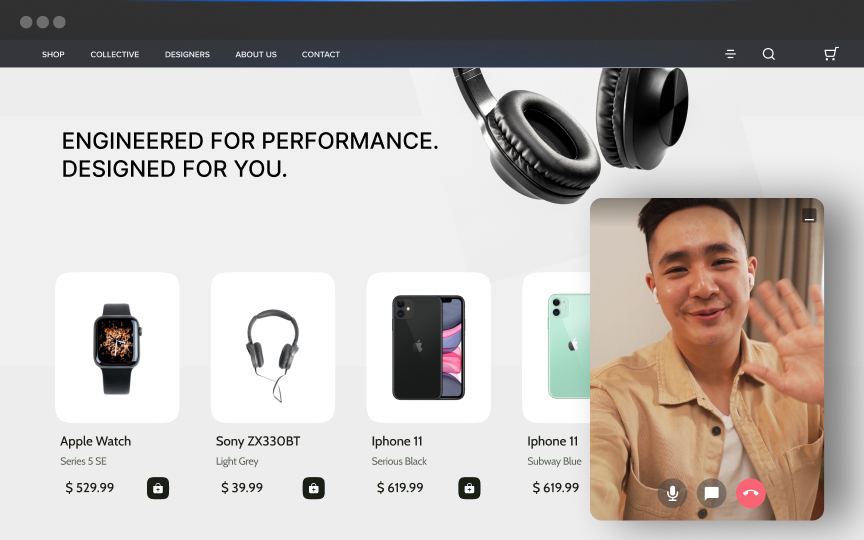In today's digital world, holding consumer attention is akin to grasping water—it's slippery and elusive. According to a study by Microsoft, the average human attention span has plummeted from 12 seconds in 2000 to just 8 seconds in 2021. Adding to this, research from Lumen points out that it takes 8-10 touchpoints with a brand before consumers decide to act on a message.
So, the average human attention span is 8 seconds, yet it takes 8+ interactions to truly resonate? For brands, that seems unfair!
Regardless, for marketers, staying ahead of the curve is not just part of the job—it's the entire job description. Gen Z, the emerging consumer powerhouse, is digitally native, which has forced even traditional brands to re-evaluate their digital strategies. With this generation driving a new wave of consumer behavior, underscored by advances in streaming and mobile technology, the stage is set for a revolution unlike any we've seen before. In short, the consumer landscape today is radically different from what it was just two decades ago—arguably the most significant shift in consumer behavior in history.If the term creative commerce hasn't made it onto your radar yet, now's the time to pay attention. In this volatile and hyper-competitive global marketplace, where brands can be replaced with a simple click, where brand loyalty is more fragile than ever, and where businesses are grappling with global competition, creative commerce is the lighthouse guiding brands toward enduring engagement and loyalty. It leverages creativity to capture attention, spark imagination, and foster an emotional connection that transcends mere transactions.
The New Landscape of Consumer Behavior
Understanding these seismic shifts in consumer behavior isn't optional for marketers; it's a must. They are catalysts, reshaping the very foundations of commerce and challenging the conventional wisdom of brand-to-consumer engagement.Digital Transformation & E-commerce. The online marketplace is no longer just an alternative to brick-and-mortar—it's often the first choice. The demise of brick-and-mortar giants like Blockbuster in favor of digital-first companies like Amazon is a testament to this transformative shift. Traditional retail stores are compelled to go digital or go extinct.On-Demand Economy. The age of waiting is over. Consumers expect immediate gratification in all aspects of life, from streaming movies to food delivery. Companies like Uber and DoorDash are replacing traditional cab services and food delivery systems, dictating a new speed for how services should be delivered.Value-Based Spending. Today, values translate to value. Brands like Patagonia, which put ethical practices and sustainability at the forefront, are gaining favor over companies that don't. Consumers increasingly make purchase decisions based on how well a brand's ethos aligns with their personal values.Data-Driven Personalization. Customization is key in today's market. The sheer volume of personalized data available has given rise to services like Spotify, which can offer custom playlists, taking market share away from traditional, one-size-fits-all platforms.
Creative Commerce—The Three Tenets Brands Must Know
Creative commerce is underpinned by three foundational tenets that navigate this dynamic landscape.Creative Commerce Tenet #1 Interactivity. In today's digital age, brands can't afford to be monologues; they must be conversations. Interactivity is the wheel that steers customer engagement from passive to active.How Brands Must Adapt: Include interactive elements like live polls and real-time comments on your digital platforms to foster two-way communication and community engagement.Creative Commerce Tenet #2 - Storytelling. Authentic storytelling isn't just compelling; it's critical. Good stories don't just make brands memorable; they make them irreplaceable.How Brands Must Adapt: Shift your marketing approach from transactional advertising to value-driven storytelling that connects emotionally with your audience.Creative Commerce Tenet #3 Personalization. One-size-fits-all is a relic of the past. Data-driven personalization is the future, enabling brands to offer hyper-personalized experiences.How Brands Must Adapt: Use data analytics to create a more personalized and therefore more engaging customer journey.
Video Commerce Fuels Creative Commerce
Video commerce isn't just another tool in the modern marketer's toolkit; it's an absolute necessity in a world rapidly becoming video-first. It's a natural extension of e-commerce where video plays a central role, transforming how products are showcased, explained, and ultimately purchased.Interactive Video lets brands embed interactive elements like clickable links directly in their videos, transcending the limitations of passive consumption.Where Brands Should Start: Integrate interactive video elements to encourage active viewer participation and increase conversion rates.Virtual Showrooms offer a digital replication of physical stores, providing a tactile and visually rich environment in which consumers can interact with products before making a purchase.Where Brands Should Start: Build a virtual showroom that faithfully replicates the in-store experience, filling the tactile void that online shopping can sometimes present.1:1 Video Chat allows for real-time, personalized customer service, taking the customer-brand relationship to a new level of immediacy and intimacy.Where Brands Should Start: Integrate real-time video chat options into your customer service suite, offering personalized assistance when and where it's most needed.
The Takeaway: Adapt to Thrive in the New Era of Creative Commerce
The digital age is a merciless eliminator of brands that refuse to adapt, yet it's also a fertile ground for those who are willing to be creative and daring. Creative commerce, grounded in interactivity, authentic storytelling, and personalization, is evolving as the new standard for customer engagement.We're not just in the midst of a digital revolution; we're in the midst of a consumer behavioral revolution. Brands that can pivot to become more interactive, more personalized, and more committed to authentic storytelling will do more than just survive—they will thrive. And at the heart of this transformation is video commerce: not just a tool but an ecosystem that doesn't just showcase products but builds engaged, committed communities around them.In summary, the brands that will capture hearts and minds in this dynamic landscape will be those that fully embrace creative commerce. In a world where consumer attention is the most coveted commodity, creative commerce is the alchemy that transforms routine transactions into rich, memorable experiences.Book a demo now to learn more about how Firework can help your brand reach your goals.
Unlock Exclusive Insights
By submitting this form, you agree to Firework's privacy policy and consent to receive personalized marketing communications. You can unsubscribe at any time.






























